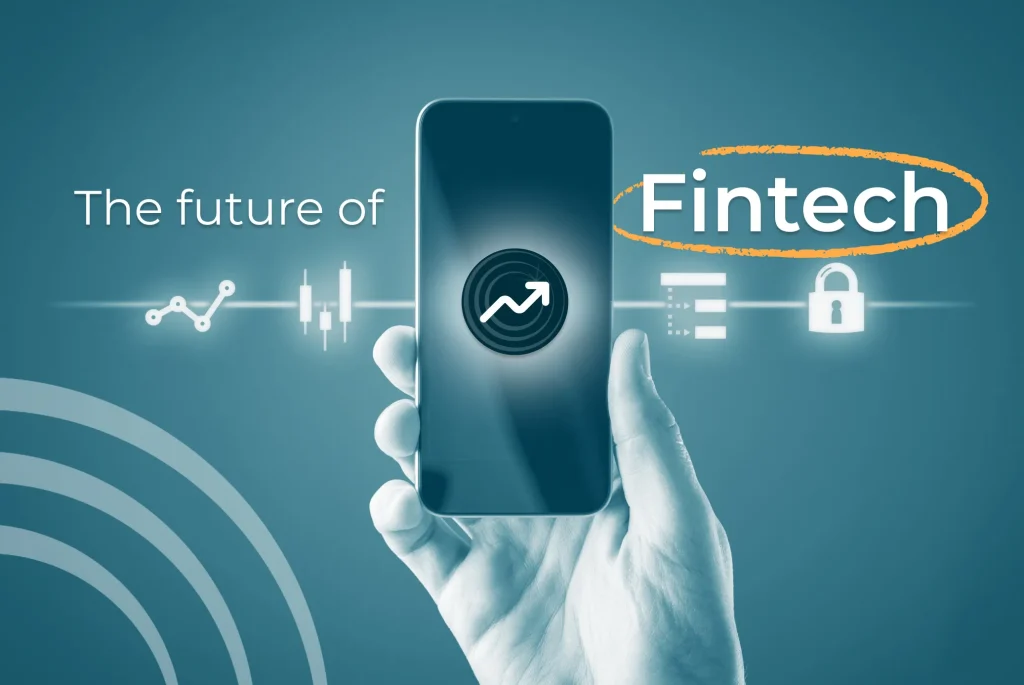As someone who has closely followed the evolution of financial technology, I remain both fascinated and optimistic about the path ahead. From the financial capitals of North America to rural outposts in Africa, fintech and digital payments are reshaping how people manage, move, and think about money. In the next three to five years, we are set to witness a dynamic transformation marked by faster transactions, deeper financial inclusion, decentralised systems, and seamless user experiences. Let me walk you through the key trends and developments shaping the future of fintech and digital payments.
Instant Payments Are Becoming the New Normal
In the developed world, payment systems are rapidly evolving to meet the demand for speed. A prime example is the United States, where the Federal Reserve’s FedNow Service launched in July 2023. This system allows banks to settle payments within seconds, 24/7 — a major leap from traditional clearing methods that once took days. This transition toward real-time payments represents a foundational shift in how money moves in modern economies.
Meanwhile, India’s Unified Payments Interface (UPI) is already ahead of the curve. With over 300 million users, UPI processed close to $2.2 trillion in transactions in 2023 alone. In fact, UPI was responsible for nearly half of all instant payment volumes globally in 2022. Its growing global reach—now accepted in over a dozen countries—offers a glimpse of a world where international money transfers become as seamless as local transactions.
Over the next few years, I believe most major economies will adopt similar instant payment frameworks. As they begin interlinking across borders, these systems will form a global real-time payments network, significantly reducing friction for consumers and businesses alike.
Financial Inclusion via Mobile Money in Emerging Markets
Perhaps the most inspiring story in fintech emerges from Africa, where mobile money has changed the economic landscape. In regions where traditional banking is sparse, mobile phones have become essential financial tools.
Kenya’s M-Pesa was a pioneer in this space over a decade ago, and today, similar services fuel economic activity across the continent. By 2024, Africa accounted for 81.8 billion mobile money transactions annually—representing 74% of the global total—with a transaction value exceeding $1.1 trillion. Over 1.1 billion mobile money accounts are now active, more than half of the world’s total.
These are not just impressive statistics—they represent real-world empowerment. Farmers now get paid instantly. Merchants expand their customer reach. Families send and receive remittances with unprecedented ease. As smartphones become more affordable and internet connectivity improves, we will see a surge in advanced mobile-based financial services—from micro-loans and insurance to savings products—riding on the infrastructure built by mobile money.
In the next few years, these innovations will continue narrowing the financial inclusion gap and unlocking grassroots economic growth.
The Rise of Decentralised Finance and Infrastructure
Another powerful trend is the decentralisation of finance and infrastructure. Decentralised Finance (DeFi) platforms allow users to lend, borrow, and transfer money via blockchain networks—without relying on traditional banks. But decentralisation isn’t limited to finance. Enter the era of Decentralised Physical Infrastructure Networks (DePIN).
Projects like Hivemapper and Helium exemplify this model. Hivemapper’s global community has mapped over 330 million kilometres of roads using dashboard cameras, often surpassing traditional mapping providers. Helium, meanwhile, boasts over 1 million user-deployed wireless hotspots, forming a community-driven IoT network.
These platforms use token-based incentives to mobilise user participation, allowing individuals to build and benefit from shared infrastructure—whether in mapping, wireless coverage, or even energy.
Looking ahead, I foresee decentralised networks integrating with traditional finance, especially in areas like cross-border payments, remittances, and stablecoin adoption. However, the success of this hybrid model will depend heavily on regulatory clarity, security improvements, and sustainable token economics. Ultimately, decentralisation will complement—not replace—existing systems, enabling a collaborative ecosystem where banks, fintechs, and users jointly shape the future.
CBDCs: Central Banks Embrace Digital Currency
While startups often lead fintech innovation, central banks are also becoming major players through the development of Central Bank Digital Currencies (CBDCs). These digital forms of fiat currency are no longer theoretical. As of early 2025, 134 countries—covering 98% of global GDP—are exploring, developing, or piloting CBDCs.
-
China’s e-CNY (digital yuan) is at the forefront, having processed transactions worth ¥7 trillion (nearly $1 trillion) by mid-2024.
-
In Nigeria, the eNaira aims to boost financial inclusion for underserved communities.
-
Other countries such as Sweden, India, and Brazil are progressing with live pilots or near-launch programs.
In the next few years, we’ll likely see full-scale CBDC rollouts that transform how governments issue money, manage welfare disbursements, collect taxes, and enable secure, fast domestic and cross-border payments.
However, central banks remain cautious. Key concerns include privacy, cybersecurity, and coexistence with cash and bank deposits. The ultimate goal is to modernise payment infrastructure without compromising public trust or excluding vulnerable populations.
Invisible, Embedded, and Effortless Payments
One universal truth across all these changes: the best user experience always wins. Whether someone is choosing a banking app or deciding how to pay at a store, convenience is king. This is why the future of payments lies in embedded finance—where payments occur seamlessly within other apps or in the background, without interrupting the user’s journey.
Picture this: you order groceries through a smart fridge, and payment happens automatically. Or you send money to a friend through a social app as easily as sending a text message.
Security and simplicity will go hand-in-hand. Thanks to biometric authentication (like fingerprint or facial recognition) and tokenisation, users can skip entering card details repeatedly. One-click international payments, AI-powered chatbots, and personalised financial advice will become the norm as fintechs compete to deliver not just transactions, but experiences.
Ultimately, companies that can master complex financial architecture while offering human-centric, intuitive interfaces will emerge as leaders. Payments will fade into the background—frictionless, invisible, and instantaneous.
The Global Convergence of Fintech Innovation
One of the most exciting aspects of this transformation is the cross-pollination of ideas. Innovations are no longer flowing one-way from developed to developing countries. In fact, lessons from emerging markets—like scaling finance through mobile phones—are influencing global fintech strategy.
At the same time, advanced technologies from wealthier economies (like AI, blockchain, and cybersecurity frameworks) are being adapted to suit local needs in developing nations. The lines between developed and emerging fintech markets are rapidly blurring.
Soon, a farmer in India might use a sophisticated digital wallet with the same functionality as an app in San Francisco. Likewise, a payment processed in New York might travel through a blockchain developed for rural Africa.
Challenges Ahead: Regulation, Security, and Trust
Despite this promising future, challenges remain. Regulation will determine how quickly and safely fintech advances. Striking the right balance between innovation and consumer protection will be crucial. Additionally, as digital channels handle more value, the threat of cyberattacks grows, demanding robust security protocols and constant vigilance.
Trust—both in institutions and in technology—will be the bedrock of sustained progress. That means transparency, ethical innovation, and a user-first approach must remain central to fintech’s evolution.
Final Thoughts: Toward an Open and Inclusive Financial Future
We’re entering an era where financial services are becoming faster, cheaper, more inclusive, and tailored to individual needs. Transactions that once took days are happening instantly. More people have access to financial tools than ever before. As we continue to innovate with intention and empathy, I believe we are building a future where money moves freely, securely, and with fewer barriers.
For me, observing and participating in this journey has been incredibly rewarding—and the road ahead looks even more exciting. Fintech’s next chapter is not just about technology; it’s about people, inclusion, and empowerment.












